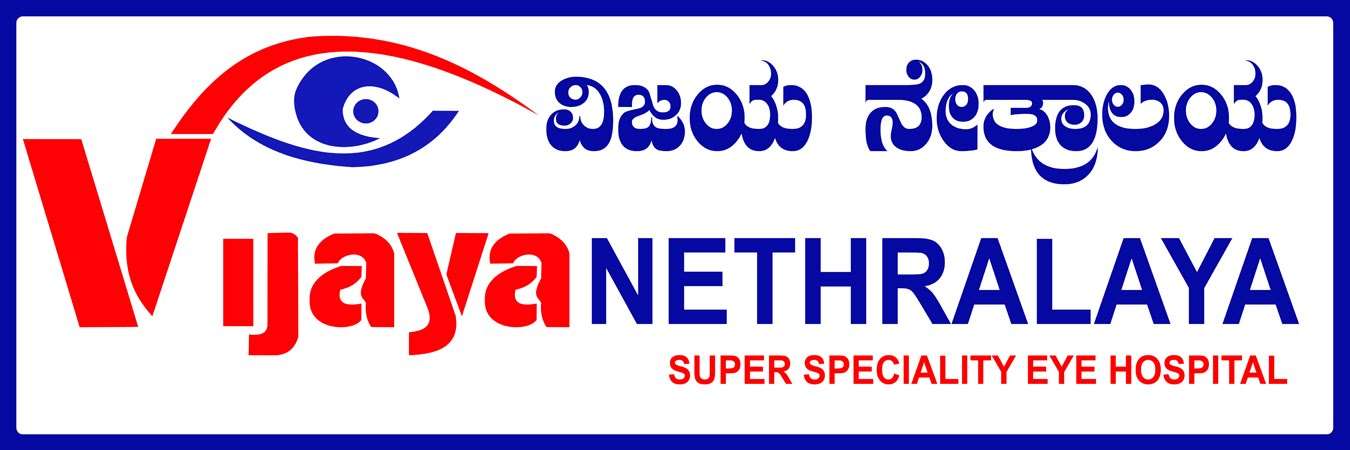In recent years, LASIK eye surgery has become a popular choice for those seeking a permanent solution to vision problems like nearsightedness, farsightedness, and astigmatism. Traditionally, LASIK involves using a mechanical blade to create a flap in the cornea, allowing the surgeon to reshape the cornea beneath it and correct vision. However, as technology advances, a newer, bladeless Lasik eye surgery has emerged, offering a more precise, safer, and generally more comfortable procedure.
What is Bladeless LASIK?
Bladeless Lasik Eye Surgery (or FemtoLASIK) is an advanced form of laser-assisted in situ keratomileusis (LASIK) surgery that replaces the mechanical blade with a high-precision femtosecond laser. In the traditional LASIK procedure, a surgeon uses a microkeratome (a mechanical blade) to create a thin flap in the cornea, which is then lifted to reshape the underlying tissue.
In contrast, bladeless LASIK uses a femtosecond laser to accurately create the corneal flap. This allows for a more customized and precise flap creation, reducing the risk of complications and improving overall outcomes.

How Does Bladeless LASIK Work?
Here’s a step-by-step breakdown of how the Bladeless Lasik Eye Surgery procedure typically works:
- Initial Consultation: The first step involves a thorough eye exam. The surgeon will assess your eye health, measure the shape and thickness of your cornea, and determine if you’re a good candidate for the procedure.
- Preparation: Before the surgery, numbing eye drops are applied to ensure you feel no pain during the procedure. You may also be given a mild sedative to help you relax.
- Flap Creation: Using the femtosecond laser, the surgeon will create a precise flap in the cornea. This process usually takes less than 30 seconds and is highly accurate. The flap is then gently lifted to expose the underlying corneal tissue.
- Reshaping the Cornea: Once the flap is lifted, the surgeon uses an excimer laser to reshape the cornea. This step corrects the refractive error (nearsightedness, farsightedness, or astigmatism) by removing microscopic amounts of corneal tissue.
- Flap Replacement: After the cornea is reshaped, the flap is carefully replaced. The natural adhesive properties of the cornea allow it to heal quickly, without the need for stitches.
- Post-Operative Care: After the procedure, you will be given instructions for recovery. Most patients experience some mild discomfort and blurry vision for a short period, but these symptoms typically improve within a day or two.

What Are the Benefits of a Bladeless Lasik Eye Surgery?
- Greater precision and accuracy: Since the femtosecond laser is incredibly precise, it can create a more uniform and accurate flap, leading to better visual outcomes. The laser’s high resolution also allows for personalized treatment tailored to the unique characteristics of your eyes.
- Increased Safety: The absence of a mechanical blade means there’s less risk of complications like flap-related issues. The femtosecond laser minimizes the potential for human error and provides a safer experience overall.
- Reduced Risk of Complications: Bladeless LASIK reduces the likelihood of complications such as irregular flaps, which could occur with traditional methods. The laser’s precision also minimizes the risk of infection and other post-surgical problems.
- Faster Recovery: Many patients report a quicker recovery time after bladeless LASIK compared to traditional LASIK. Most people experience noticeable improvements in vision within 24 to 48 hours and can resume regular activities within a few days.
- Better Outcomes for Thin Corneas: If you have a thinner cornea, bladelessLASIK might be a better option for you. The femtosecond laser can create a more precise flap without the risk of creating too much pressure or damaging the cornea, which can be a concern with mechanical blades.
- Reduced discomfort: Many people find that bladeless LASIK is less uncomfortable during the procedure and immediately after surgery than traditional LASIK, thanks to the gentle nature of the laser.

Is bladeless Lasik eye surgery right for you?
Not everyone is a candidate forLASIK surgery, whether traditional or bladeless. Ideal candidates for bladeless laser include those who:
- Are over the age of 18
- Have stable vision for at least one year
- Have a healthy cornea and eye structure
- Have mild to moderate nearsightedness, farsightedness, or astigmatism
Your eye doctor will conduct a thorough examination to determine if you’re a good candidate for the procedure. In some cases, alternative treatments may be more suitable.
Potential Risks and Side Effects
Although bladeless LASIK is generally safe, as with any surgery, there are potential risks and side effects, including:
- Dry eyes
- Temporary blurry vision or glare
- Light sensitivity
- Halos around lights, particularly at night
- Rarely, complications with the flap or corneal healing
However, the risk of significant complications is very low, and the vast majority of patients experience a successful outcome with minimal side effects.
Conclusion:
Bladeless LASIK offers a safer, more precise alternative to traditional LASIK, with quicker recovery times and better overall outcomes. While no procedure is without risks, bladeless LASIK has proven to be an effective treatment for those looking to correct their vision and reduce their dependence on glasses or contact lenses.
If you’re considering LASIK, speak with an experienced surgeon who specializes in bladeless LASIK to see if this advanced procedure is right for you. With the right care and consideration, you could enjoy clearer vision and a better quality of life without the need for corrective lenses.

